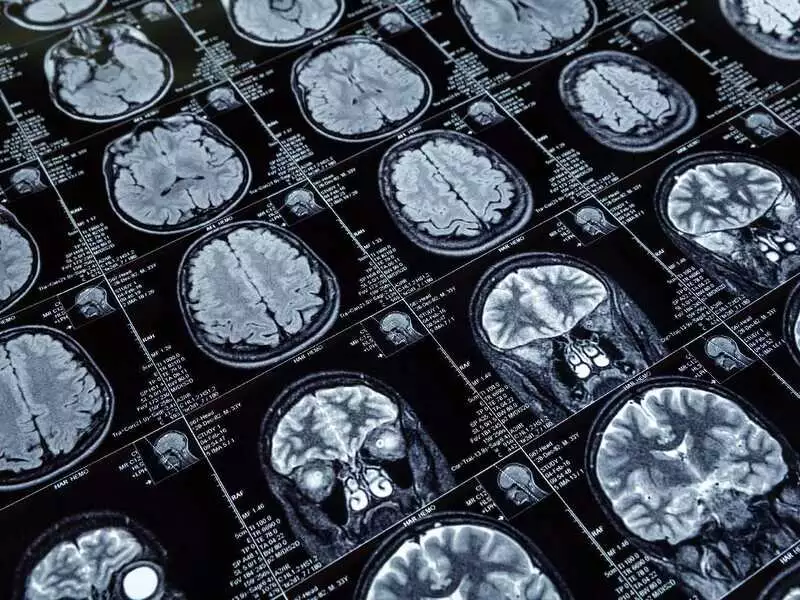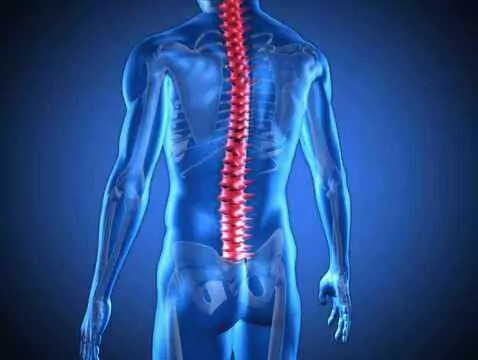Superficial (exteroceptive) sensation is perceived by receptors located in the skin and includes sensory modalities such as touch, pain and temperature. There are many conditions in the course of which different sensory disturbances may occur. They are most often a symptom of neurological diseases, accompanying diseases of the central or peripheral nervous system in which the sensory fibres of the nerves or the sensory centres of the higher levels of the nervous system are damaged. They can also occur in systemic conditions unrelated to damage to the nervous system.
Among the most common conditions of the central nervous system presenting with sensory disorders are:
- damage to the brainstem, thalamus, cortex in the course of cerebrovascular diseases (ischaemic stroke, haemorrhagic stroke, subarachnoid haemorrhage) or brain tumours. Central damage causes complex sensory disturbances in the form of an inability to locate the site of a stimulus and its strength, a loss of the ability to recognise written marks on the skin, a failure to distinguish between two simultaneously acting stimuli or a loss of recognition of objects held in the hand without visual control. If the damage involves the thalamus - very severe hemiplegia occurs.
- damage to thespinal cord as a result of trauma, a proliferative process, inflammation, ischaemia or haemorrhage. Transverse damage is manifested by bilateral abolition of all types of sensation below the site of the spinal cord injury. In a hemifacial injury, sensory abnormalities occur below the site of injury - tactile sensation on the injured side, while pain and temperature sensation occur on the opposite side. Intradural damage causes bifurcating sensory disturbances manifested by preservation of tactile sensation and impairment of pain and temperature sensation.
In addition, paresthesia-like sensory disturbances may occur in the course of such conditions as electrolyte disorders, vitamin deficiencies, e.g. vitamin B12, as an adverse effect of the use of certain drugs, intoxication with toxic substances (e.g. alcohol), after radiotherapy, in the course of migraine or multiple sclerosis, in the course of psychiatric disorders (vegetative neuroses, anxiety disorders).

photo: shutterstock
Diagnosis of sensory disorders
In the differential diagnosis of sensory disorders, history and a thorough neurological examination play a key role. Depending on the outcome of the examination and the symptoms described by the patient, additional tests are ordered to help make a definitive diagnosis. Among the laboratory tests, the following parameters should be considered: blood count and smear, liver enzymes, vitamin B12 levels, glucose levels, inflammatory markers, cerebrospinal fluid tests and antibody tests. The diagnosis may also require imaging tests (X-ray, CT scan, MRI) or neurophysiological tests (electroneurography, electromyography).
Treatment
The treatment of sensory disorders is based on the treatment of the underlying disease, e.g. normalisation of glycaemia in diabetes, compensation of deficiencies in deficiency states.









